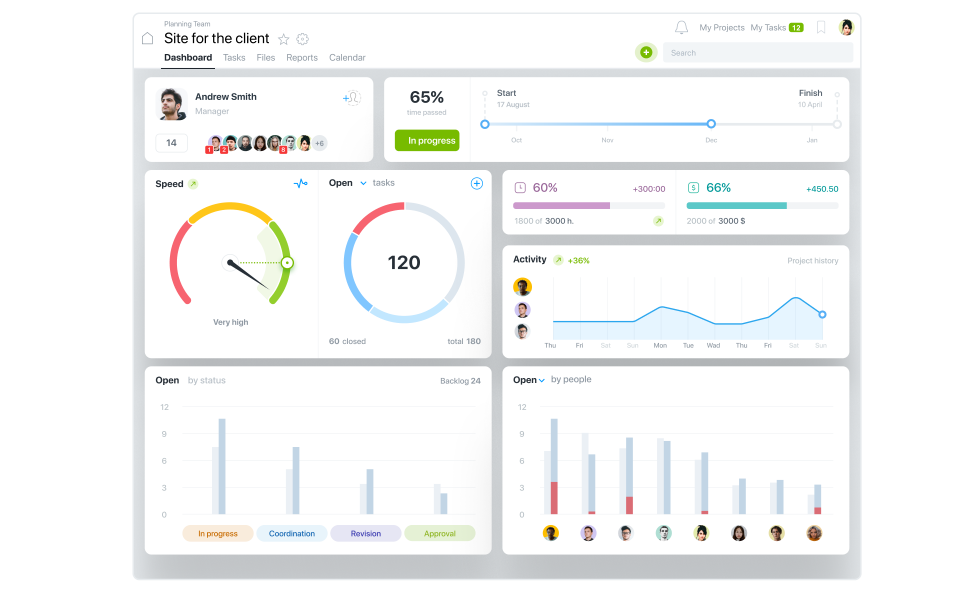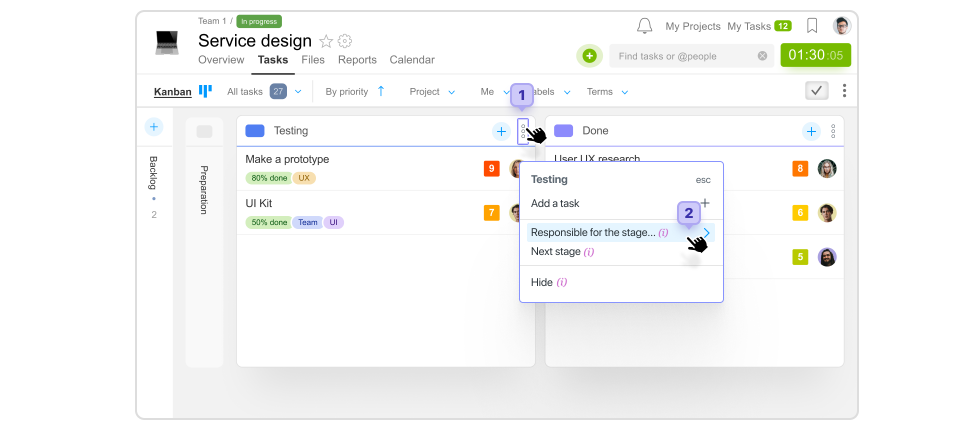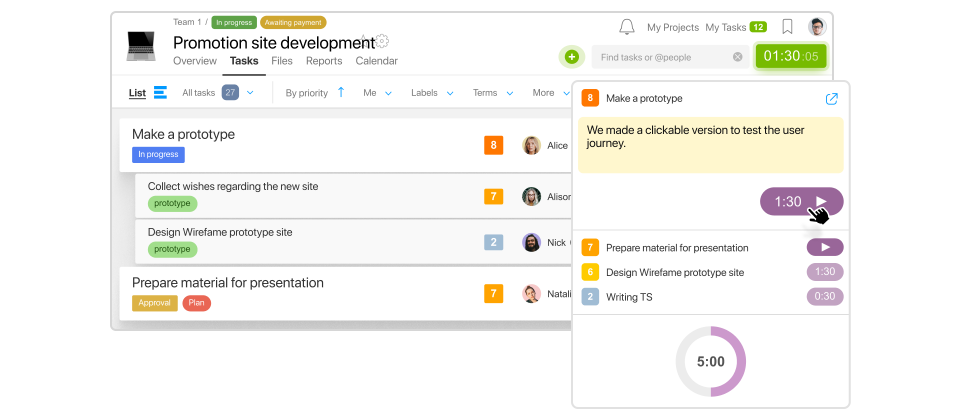Together with Ivan Tryhub, co-founder and CEO of SPLIT Development, we discussed the formation of his company and the specifics of projects, the advantages of Worksection compared to Jira, as well as the problems of a fixed price.
Tell us about your company
SPLIT Development was founded in 2019. I am the CEO of the agency. Our team is doing design and e‑commerce. Now it’s more Shopify and Wordpress, but we’re gradually expanding to Node.js as well. We have almost no clients in Ukraine, so we work with the Western market.

Screenshot of projects from the SPLIT Development website
We started working together with the co-founder of the company, Dmytro Karpov, and we realized that we do not want to hire expensive specialists at the beginning, because at the very start it “kills” the business a little.
In general, I was a front-end developer, so we taught our acquaintances and friends the front-end, and that’s how we started working with the first customers. I did sales, led projects and helped the guys by checking their code.
But we quickly expanded, started to get projects, and hired a project manager. With these steps, after about a year and a half, we got Shopify. And now the Shopify development team has grown to 11 – 12 people.
What tools did you work with before Worksection?
At first, we worked with Trello, the free version with 12 projects available, but because of a rather reduced functionality, we wanted to come to something more stable. Then we worked with Jira. But Jira has become a little expensive, as the team began to scale. Besides, it also had limited functionality.
For example, we all work with a tracker, but there is no tracker there. So once a friend of mine (also an agency owner) recommended Worksection. We had an intro, listened to everything and liked it.

Project Dashboard in Worksection
Why did you choose Worksection?
Because Worksection has very cool features. For example, time tracking. When we first started working with the tool, I began to analyze how much time the design department, the Shopify department, and Node.js spend on projects. And when I converted all this into how much we should receive, the numbers I had were higher than what we actually received. Therefore, let’s say, analysis appeared.
It is also very convenient that in Worksection you can appoint a responsible person for an entire section at once, who will be responsible not for a specific task as a whole, but for a certain stage.

For example, the developers moved the task from one stage to the “Ready for QA” stage, but forgot to appoint a tester. The tester then cannot add time there, because it’s not “his task”. But when the task is transferred between stages and the responsible person is changed automatically, it’s cool.
And if we compare our work now with how we worked with Jira, I can say that Worksection is more convenient: convenient time analysis, reports. For us, this is the best. It offered many useful features, and it helped us grow and understand where we were losing in the business.
Fixed-price problems
For a while we had been working with a fixed price, but there are a lot of difficulties with this approach. For example, we can start a project and break it into stages. We are completing the first phase and starting the second. Then the client sends corrections to the first stage and we make them, finishing the second stage. But we can’t get paid until we make the first one perfect .
Now we work more at an hourly rate. At the beginning of the work, we always provide the client with an estimate, noting that the expenses may be higher or lower. Because we cannot calculate perfectly how many hours we will spend in the end.
Our developers and designers work with a tracker, managers do not track time. Because you can count the working hours of a developer and a tester, but not the time of an accountant, for example.

Where does the team communicate about projects?
We communicate more in Slack. But if there are any questions about the tasks, then we’d rather write comments in the Worksection, so that it doesn’t get lost in the Slack chat later.
For example, something has changed in the design. The client saw the design, he liked everything, but he looked on the website and decided that some button should be a different color. Such details, where the client makes changes, are recorded in the Worksection, that is, in the comments or in the task description, so that the tester can see it during the inspection and understand why the site differs from the layout.
When should teams implement a system like Worksection?
The management system should be in place from the very beginning. We had it from the very beginning, we just didn’t know about Worksection.
Some teams simply use Trello, for example. But as the team grows, you look for some other solutions. For us, Worksection is “price-quality”, i.e. not too expensive, like Jira, and even more functionality just for us.
Watch the full video interview with Ivan on our YouTube-channel.
